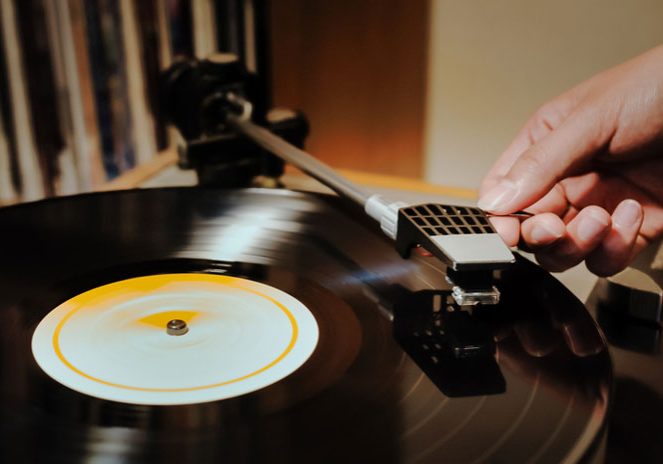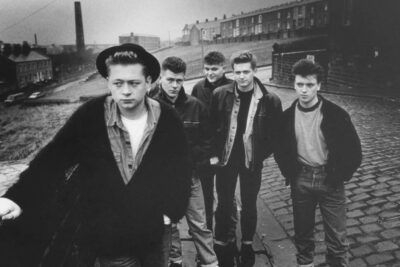
The Vinyl Revolution | Antiques Expert
by Allan Blackburn
As The Undertones once sang, “Here Comes The Summer.’ For music lovers it’s the season of festivals. Music plays a huge part in people’s lives and here, at GB Antiques Centre, all the talk is about Kendal Calling!
But there is one way you can enjoy music without having to slosh through fields in your wellies. Collecting old vinyl is a pastime anyone can ardently enjoy from the comfort of their own home!
“HIS WORK WAS THE BIG BANG WHICH CREATED THE RECORD INDUSTRY”
Everyone has music in their house, and with technology moving so fast, the latest formats are soon outdated. Vinyl records were replaced by cassette tapes then CDs came along. CDs are being replaced by downloadable tunes and streaming channels like Spotify. The main benefit is that iPods and MP3s, are scratch-proof and take up virtually no space.
It doesn’t take long to collect huge boxfuls of records, which leave you with the problem of finding somewhere to store them. Having said that, the arrival of cassette tapes and CDs has meant that old records have become easily collectable. 45s start at just 50p and LPs sell at between £1 and £5.
So, what’s the history behind these much-loved black plastic discs?
The first commercially viable music makers were wax cylinders, but these were slowly replaced by discs made of shellac in the 1900s. These early 78s (so called because of the speed they were played at) were heavier and thicker than their later counterparts and were single sided. The development of plastic technology during World War II ousted shellac and allowed manufacturers to make record grooves closer together.

Until the late nineteenth century there was still no way of mass producing discs – if an artist wanted to record 100 discs, he had to sing 100 times. Berliner changed everything when he developed a system for more effective recording. His work was the big bang which created the record industry.
The 78 and the LP continued in popularity for just over a decade, but it was during the 1960s that the music industry really took off with the sale of the ‘45’ a seven-inch single pressed for a song of under three minutes.
Individual collectors have different priorities when buying old records: Some will collect a particular record label like Coliseum, Zonaphone, London Records or Parlaphone whilst others search for specific artists – famous singers and icons like Cliff Richard, Elvis or The Beatles are most valuable. Some enthusiasts even collect the printed record sleeves.
The one factor which is essential to every collector is the condition of the record – is it scratched or warped? Is the label in good condition? Has the cover been well looked after? Most importantly, can you still play it and enjoy it?
So, if you have a collection gathering dust in the loft, I would say – keep them for memories sake, enjoy them and play them occasionally. If you’re hoping to make some money, you’ll be disappointed in the value unless they are first presses i.e. the original versions and from
legendary stars.




